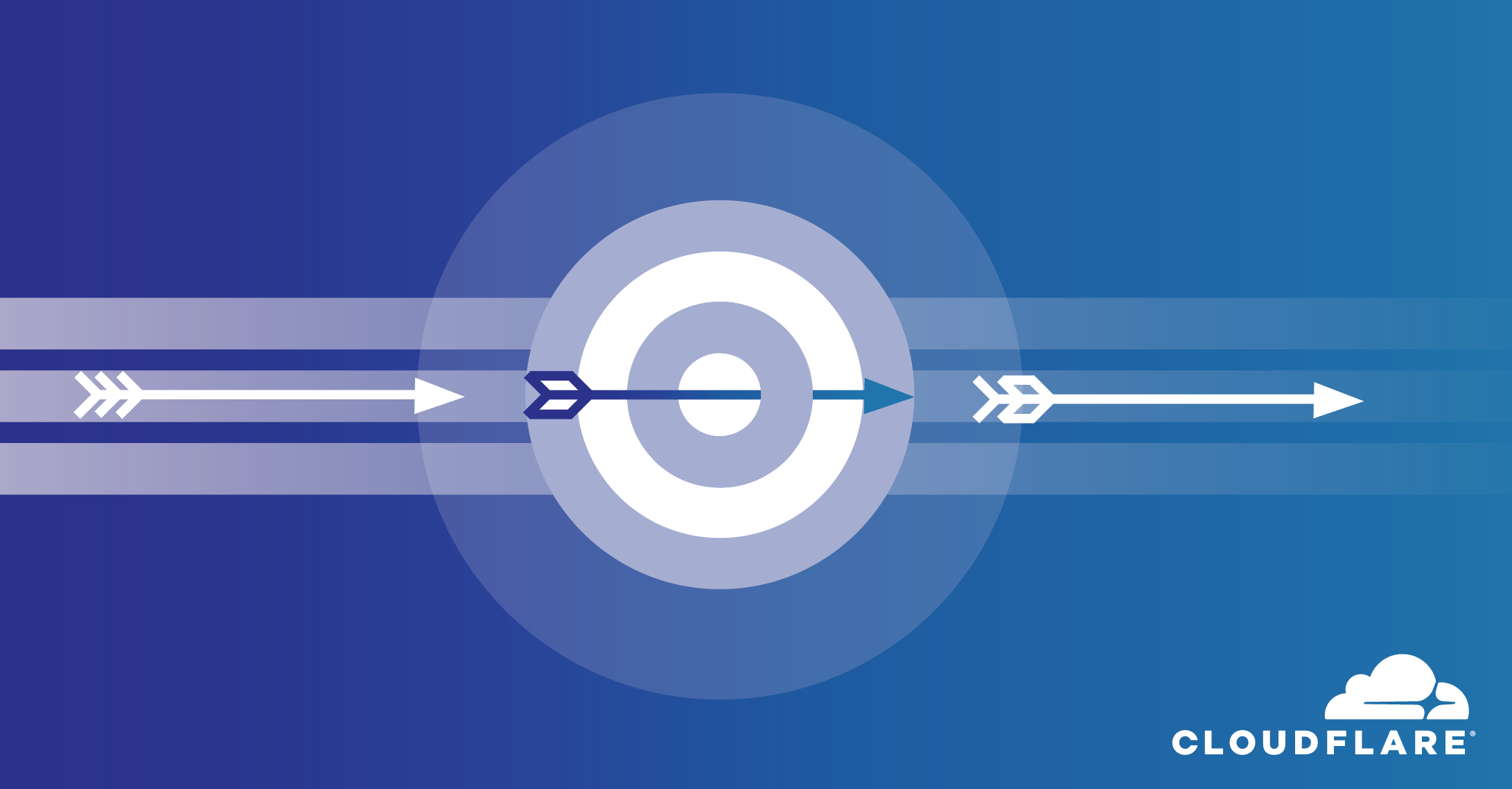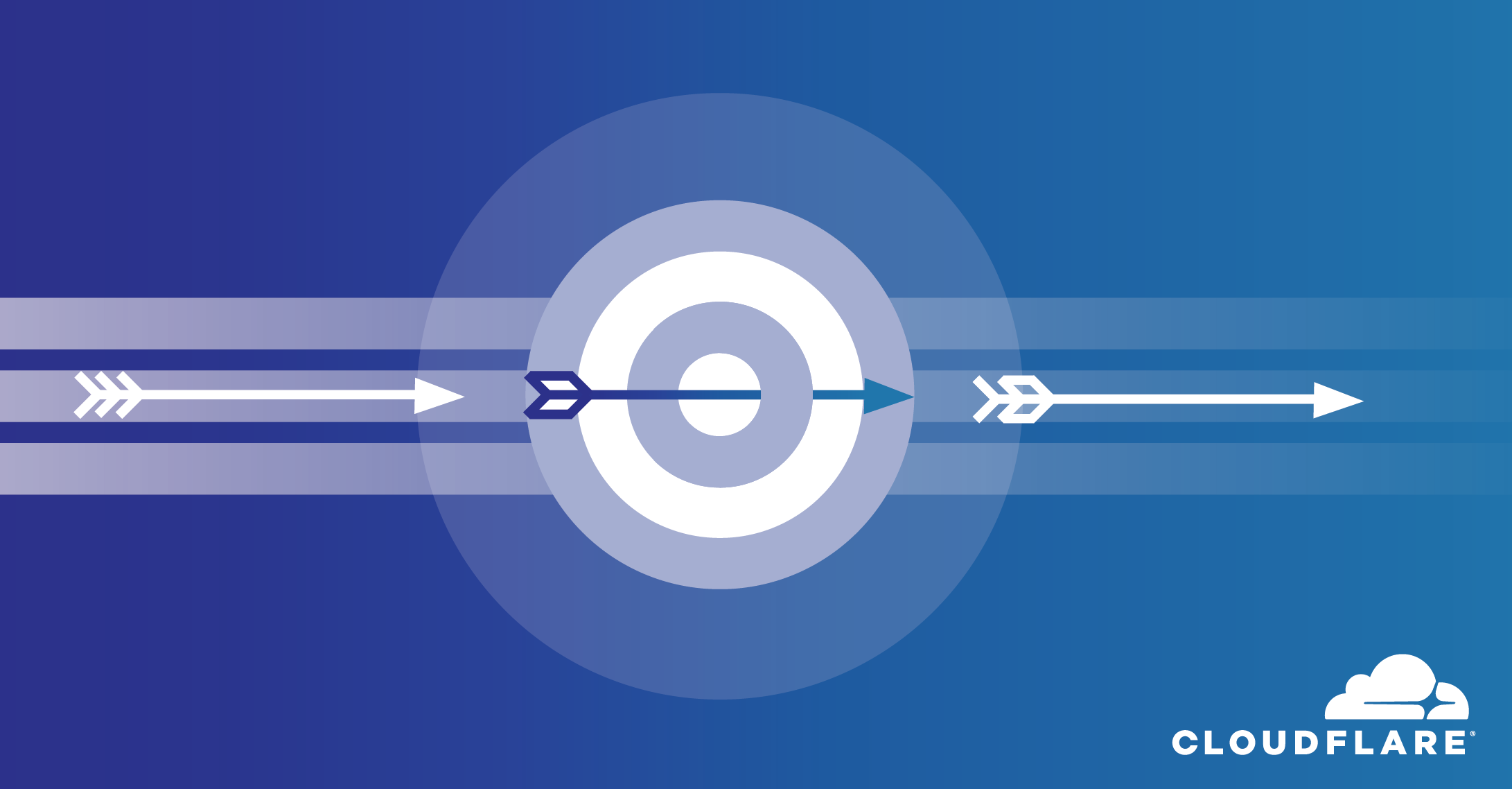April Customer Newsletter
Welcome to the April 2020 edition of the Tigera Calicommunication newsletter! In the March edition, we discussed context-aware flow logs. This edition covers the next component of logging, the audit logs.
Using Calico Enterprise Audit Logs to Improve Visibility, Security, and Compliance
Watch this short video to see how you can benefit from using Calico Enterprise Audit Logs.
What problems are we solving?
Kubernetes is an API-driven platform. Every action happens through an API call into the kube API server. Consequently, recording and monitoring API activity is very important. While most deployments end up sending these logs to a remote destination for compliance purposes, these logs are often not easily accessible when needed. Moreover, different roles (platform, network, security) have different requirements, and many may not even have access to the logs. Some use cases relevant to log analysis are as follows.
- A policy change resulted in a sudden outage of a service. How do you find out which policies have changed in the last 24 hours? [network, security]
- You are maintaining a critical namespace and want to monitor every pod that comes up in that namespace. Can you get an alert if a pod is created in that Continue reading



